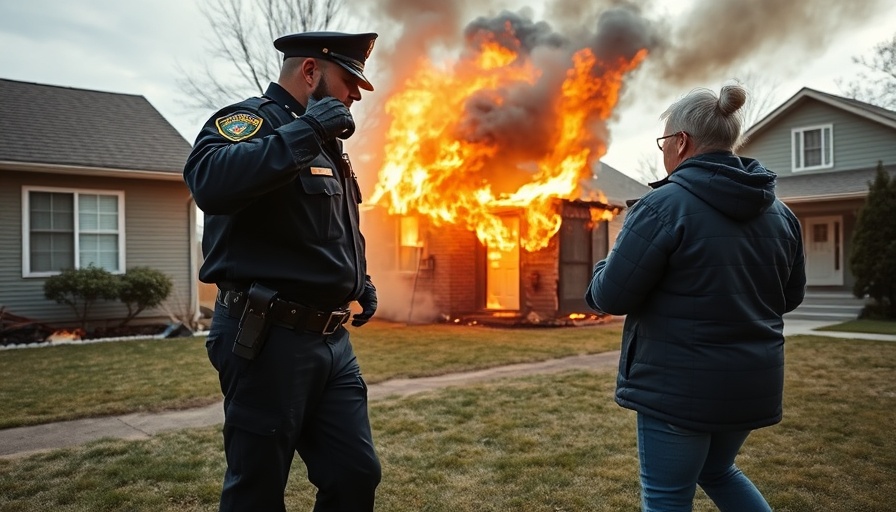
A Critical Examination of Secret Service Failures at Trump's Rally
The recent Senate panel report highlighting the failures of the Secret Service during the shooting incident at a Trump rally presents a critical insight into gaps in security protocols. The compendium of these preventable lapses not only raises alarms about immediate security measures but also encapsulates the pressing need for reform and a reevaluation of current operational strategies within law enforcement.
Understanding the Implications for Police and Security Agencies
As factors of security intertwine with political events, law enforcement agencies must analyze this episode as a case study. Understanding how a combination of poor communication, inadequate threat assessment, and insufficient training could lead to an incident of this nature is pivotal. This scenario resonates with findings from various police departments nationwide that highlight a trend in operational disarray—a phenomenon that could be mitigated with better training programs and foresight in risk management.
Why This Matters: Unique Benefits of Reform
Each scrutinized detail from the panel emphasizes the importance of having robust training programs for police officers and security agents at high-stakes events. Investing in regular drills, clear communication pathways, and advanced technology—such as AI analytics for potential threat detection—can greatly improve response times and situational awareness. More than just a matter of policy, these strategies could enhance public trust and perceptions of safety among the citizenry.
Counterarguments: Are Security Enhancements Necessary?
Some might argue that the militarization of police or increased surveillance could infringe on civil liberties. However, it is crucial to recognize that a balanced approach can yield beneficial results. As foundational as police-community relations are for fostering trust, embracing modern security technologies and strategies can bolster officer safety without encroaching on the rights of individuals. Maintaining accountability within these systems ensures transparency while enabling effective policing measures.
Future Trends: Adapting Strategies for Evolving Threats
The evolution of security threats calls for an adaptive strategy in law enforcement. With events such as the Trump rally highlighting vulnerabilities, it is imperative that police departments establish proactive measures to evolve alongside changing landscapes. This includes advanced training in handling developing threats and the implementation of comprehensive policies that bridge technology with human intelligence.
What Can Police Departments Learn?
The Senate panel's findings underscore the necessity for police leaders to continually assess and amend operational policies. With the rise of public scrutiny, transparency in law enforcement can not only enhance community relations but also drive necessary reforms within agencies. Departments are urged to engage in longitudinal studies of past incidents and develop actionable insights to guide future safety protocols.
As we digest the implications of this report, it becomes evident: reform is not merely a necessity—it's a critical avenue for enhanced public safety and officer wellness. Policymakers, law enforcement leaders, and community stakeholders must collaborate to forge a comprehensive path forward that prioritizes public safety while respecting civil liberties.
To stay updated with ongoing developments in policing strategies and technologies, we encourage readers to engage in discussions about law enforcement policies and share insights into community safety measures that can foster a secure environment for all.
 Add Row
Add Row  Add
Add 

 Add Element
Add Element 


Write A Comment